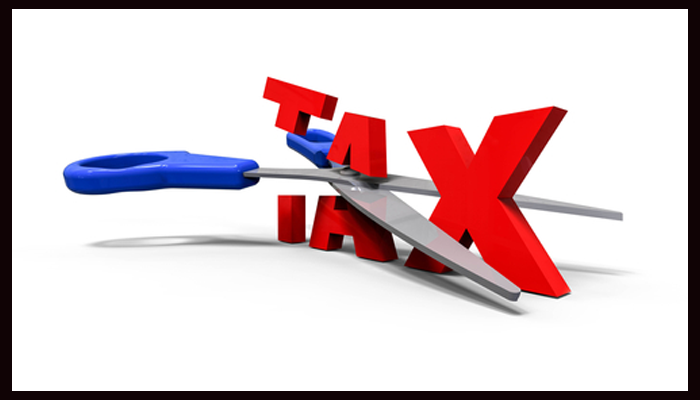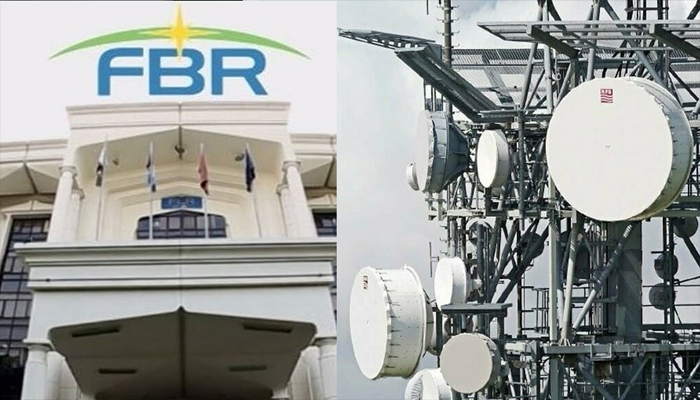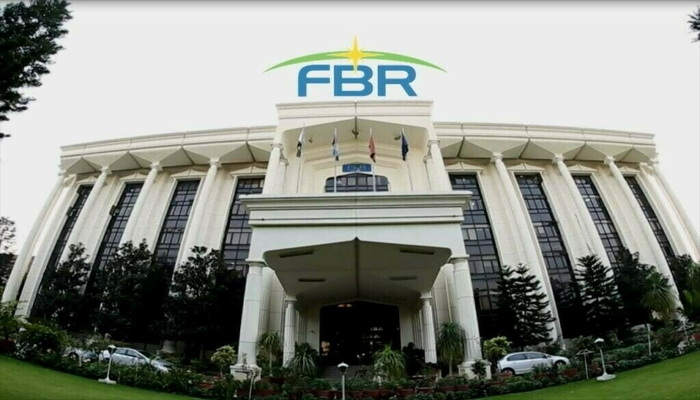ISLAMABAD: In a key budgetary decision, the government has proposed raising the daily cash withdrawal limit for non-filers to Rs75,000, up from the existing Rs50,000, offering partial relief to middle-income bank users. However, the rate of advance tax on withdrawals above this threshold will be increased from 0.6% to 0.8%.
This move, endorsed by Federal Board of Revenue (FBR) Chairman Rashid Langrial and approved by the National Assembly’s Finance Committee, is part of the Finance Bill 2025-26 and aims to strike a balance between enforcement and taxpayer facilitation.
Importantly, Asaan Accounts—commonly used by low-income individuals—have been exempted from the tax, ensuring financial inclusion efforts remain intact.
In a significant concession to the real estate sector, the government has abolished the 3% to 7% federal excise duty on purchase of commercial and residential properties and open plots. Langrial told the committee that the IMF was convinced the duty was “wrongly imposed” as globally, excise duties apply only to movable assets.
Revised withholding tax rates on property sales were also introduced: 4.5% on sales up to Rs50 million, 5% for Rs50–100 million, and 5.5% for higher values. Buyer-side rates have been slightly reduced.
The government also announced rationalisation of dividend tax rates to support the equity market. Tax on income from government securities has been raised from 15% to 25%, while equity dividends remain taxed at 15% to encourage investment in stocks.
High-income individuals will see the income tax surcharge reduced from 10% to 9%. The FBR also proposed modest cuts to super tax rates for incomes between Rs150 million and Rs500 million.
Digital giants like Google and Facebook will now face a 15% tax on online ads (up from 10%) unless they establish a local office, in which case a lower 5% rate applies.
Other proposals include a phased 10–18% sales tax rollout in FATA/PATA and a revised tax credit structure for Thar coal miners, aimed at boosting local coal use.









